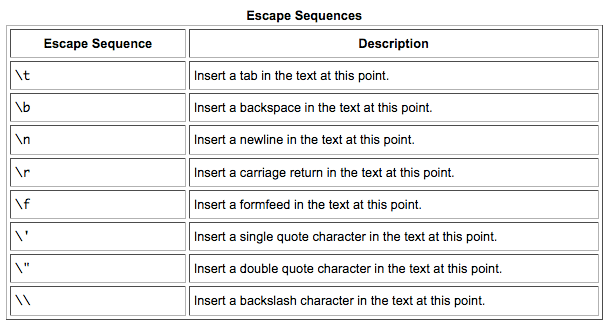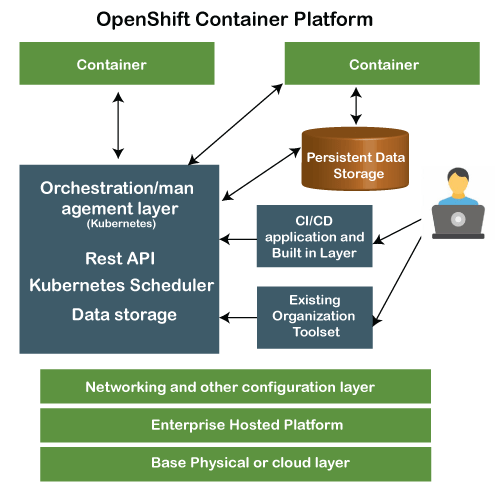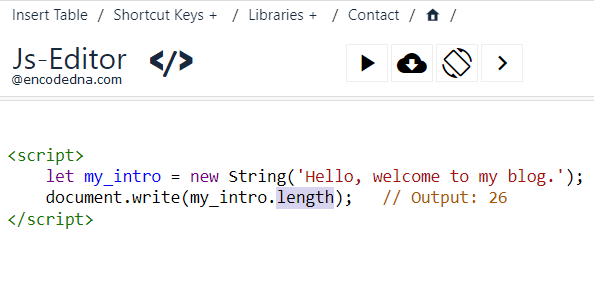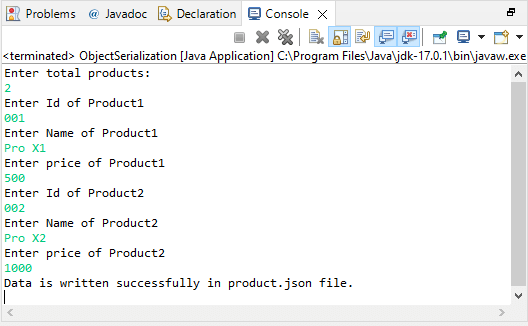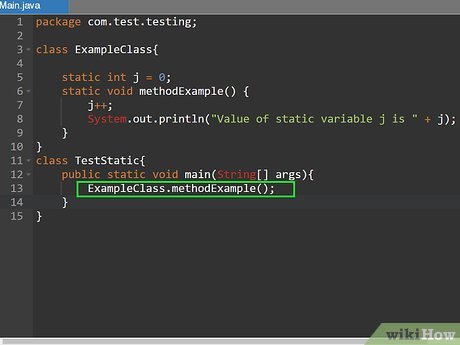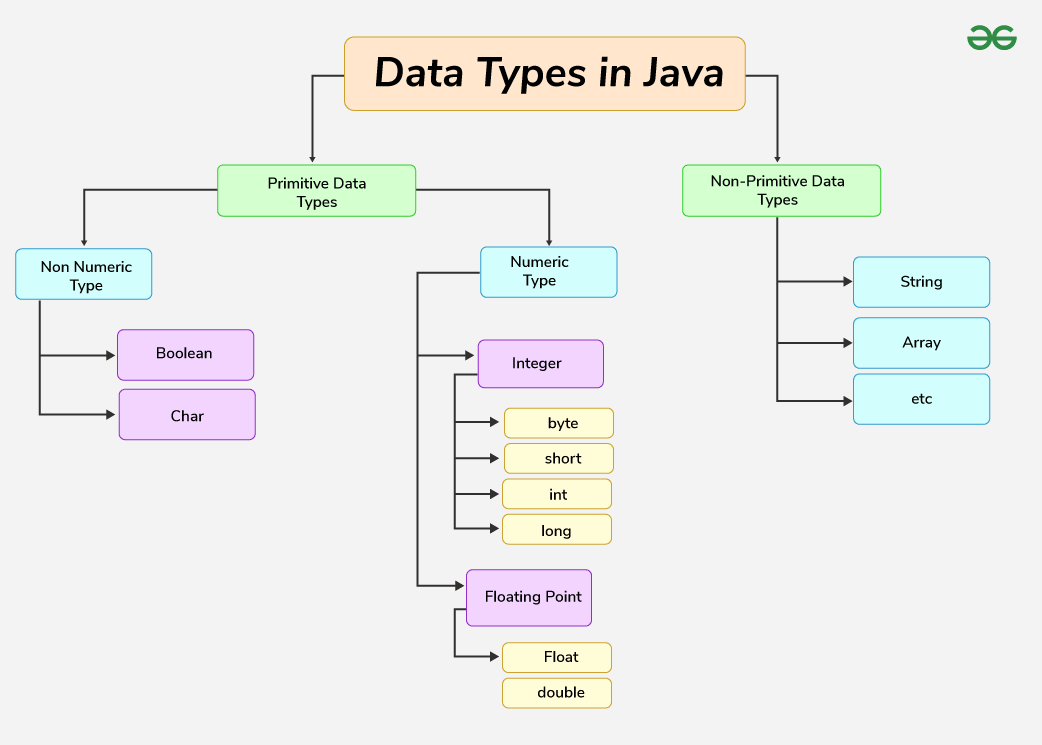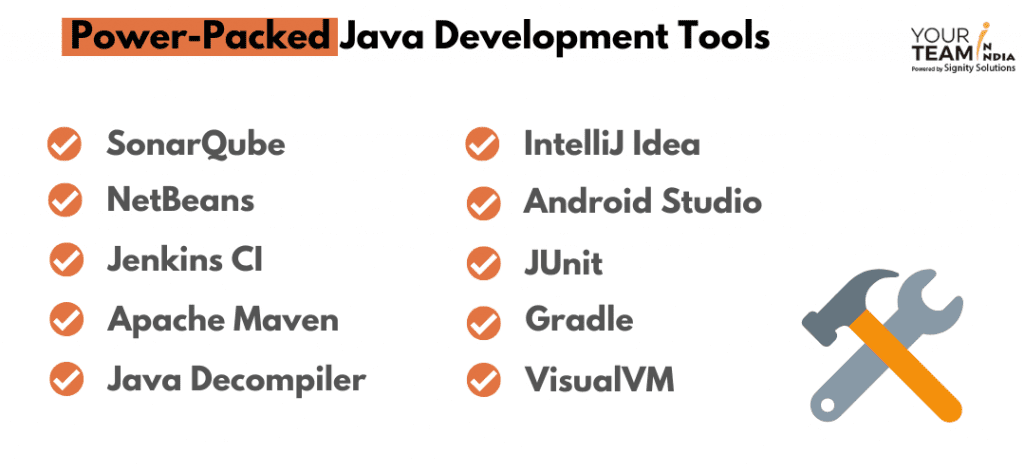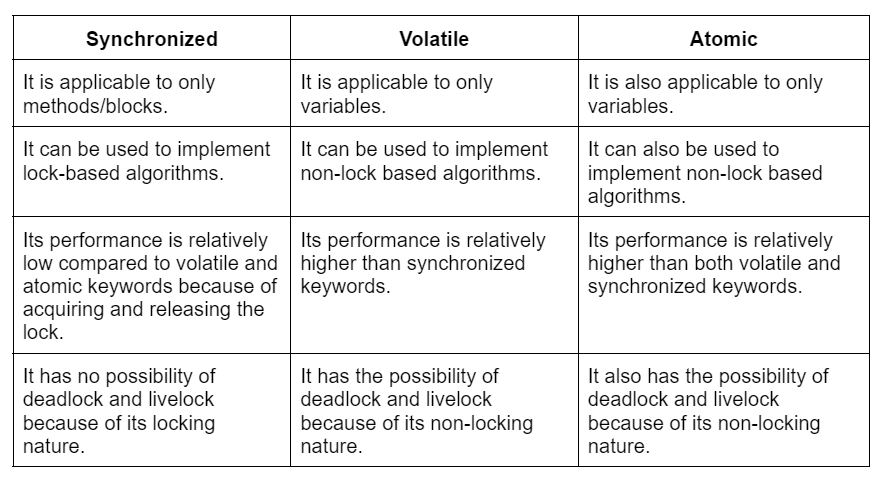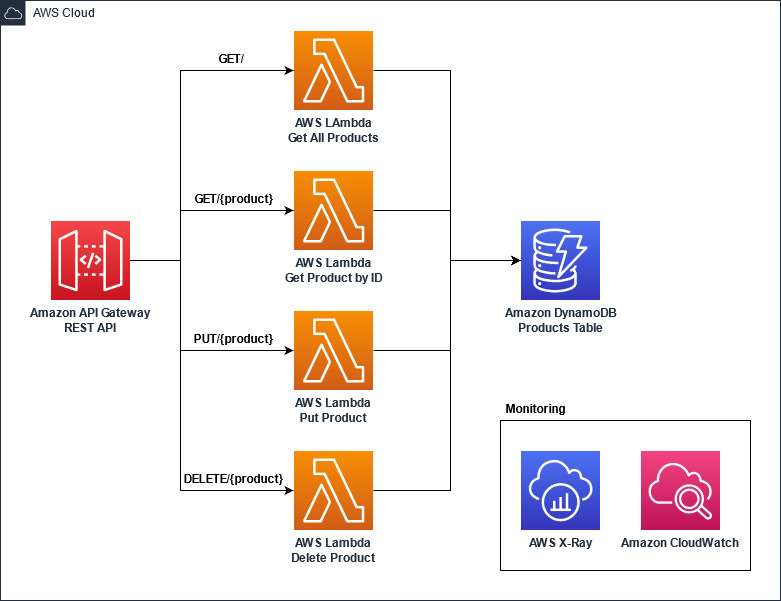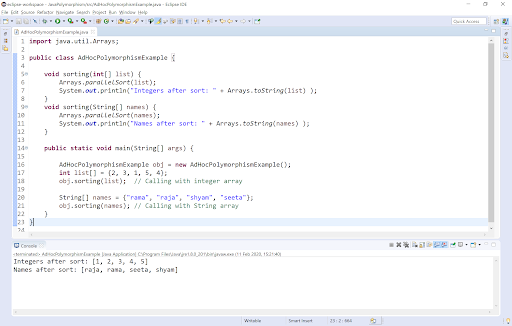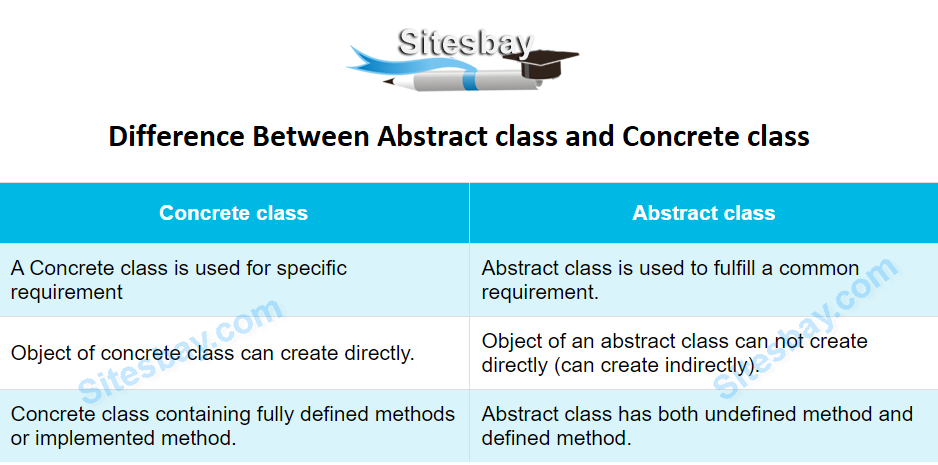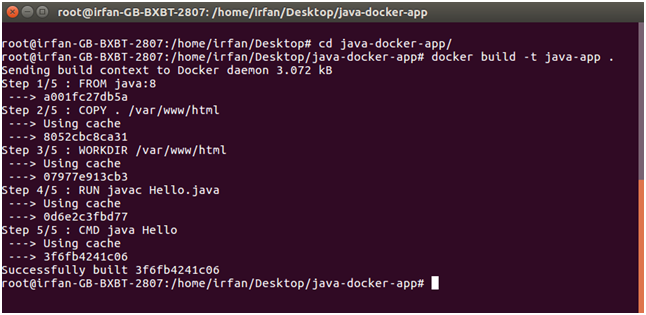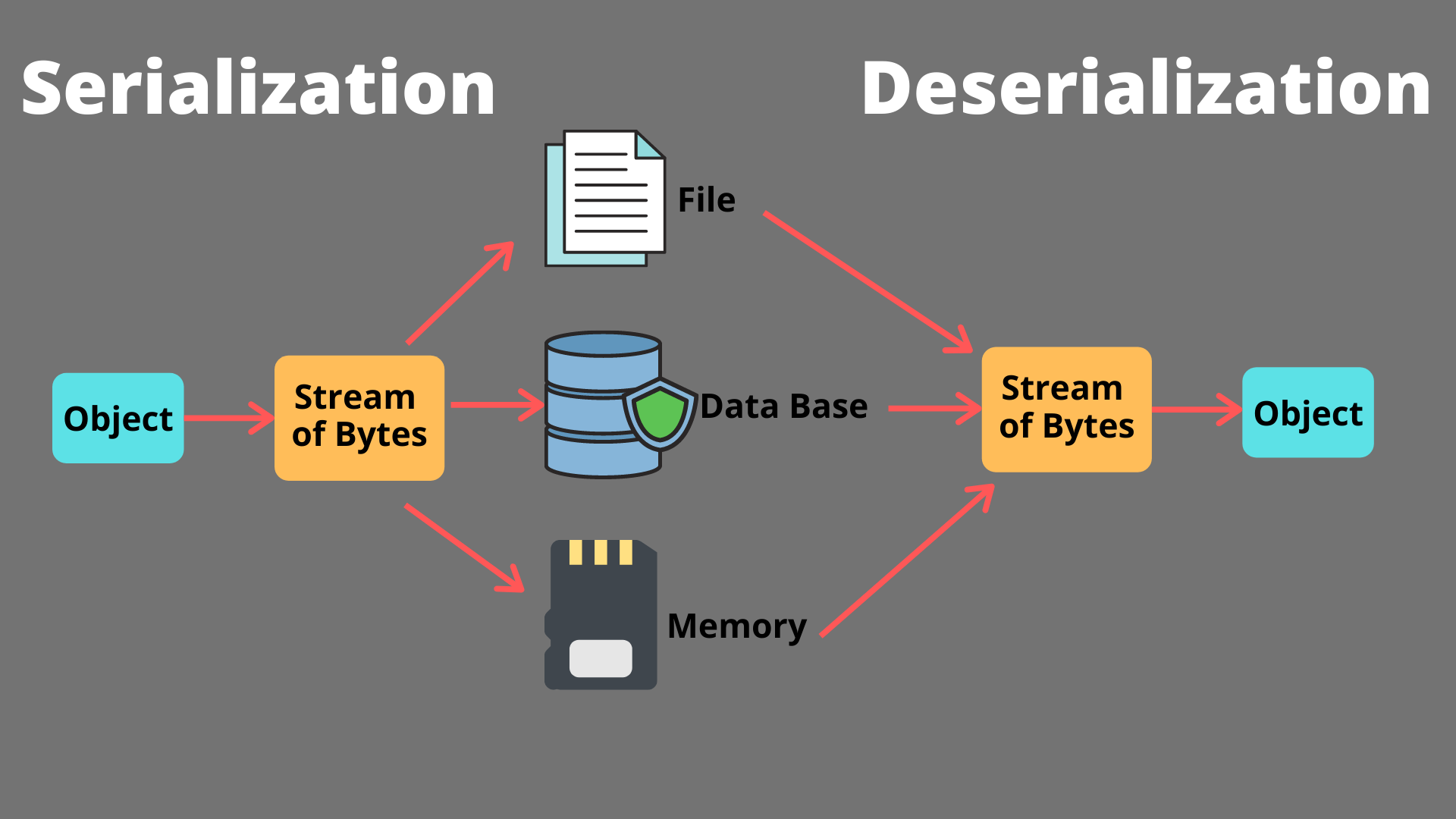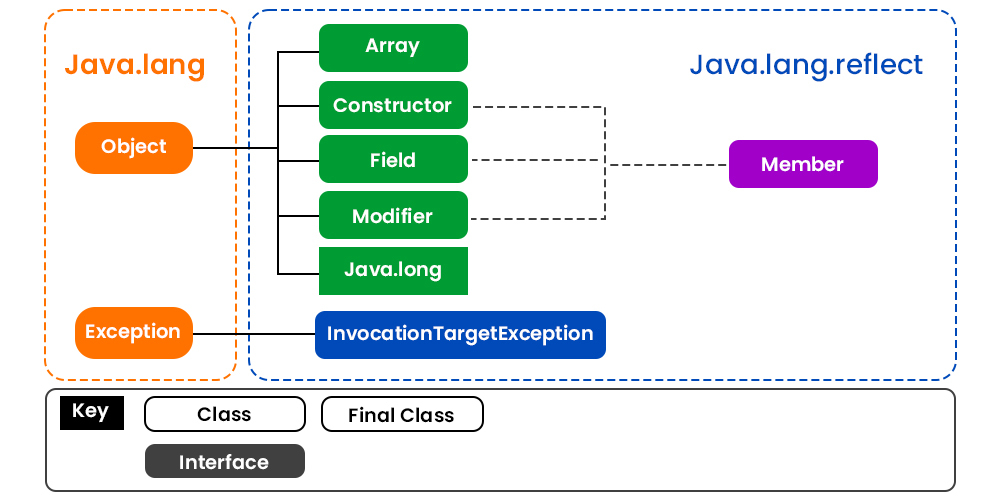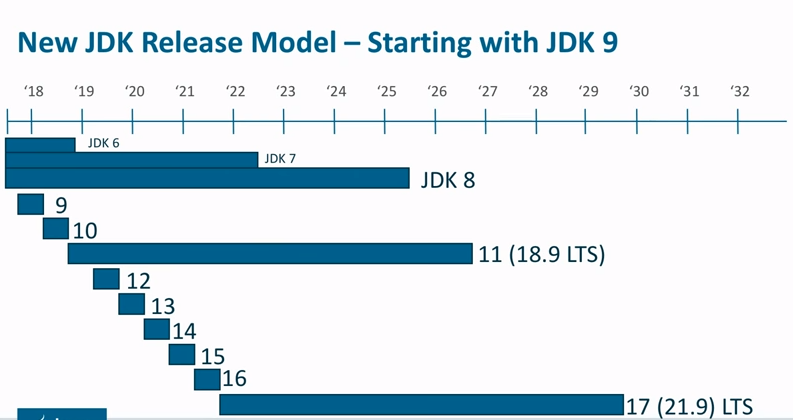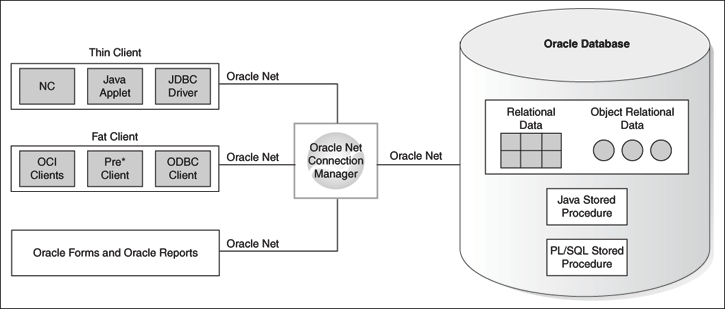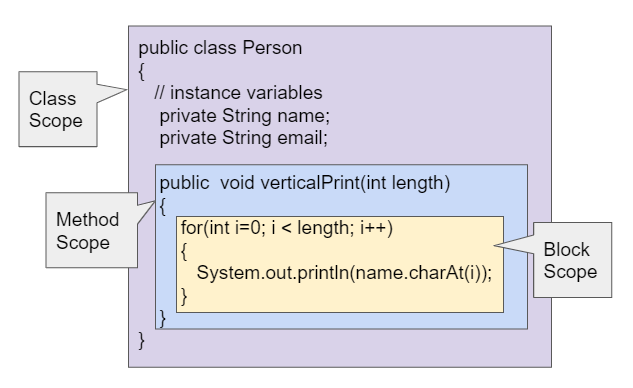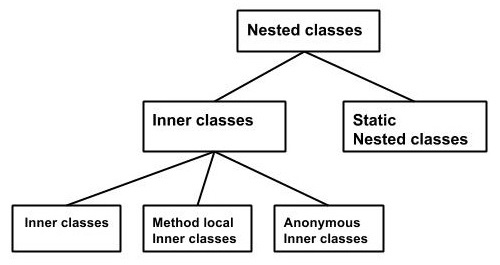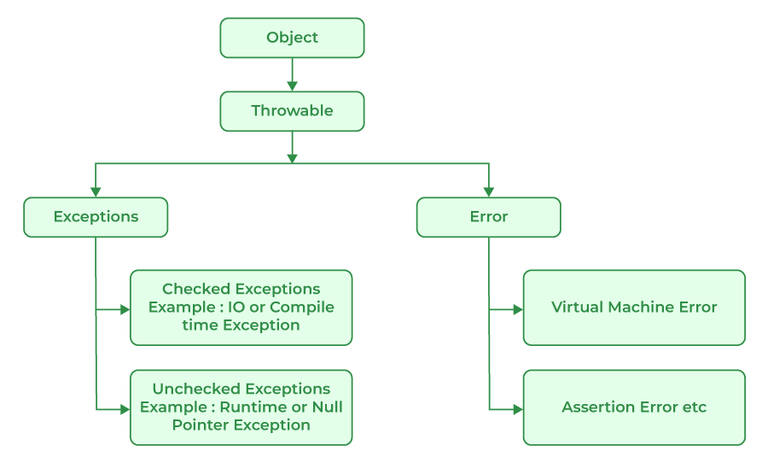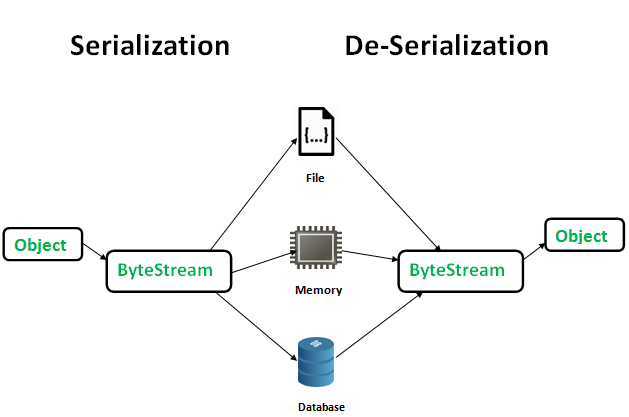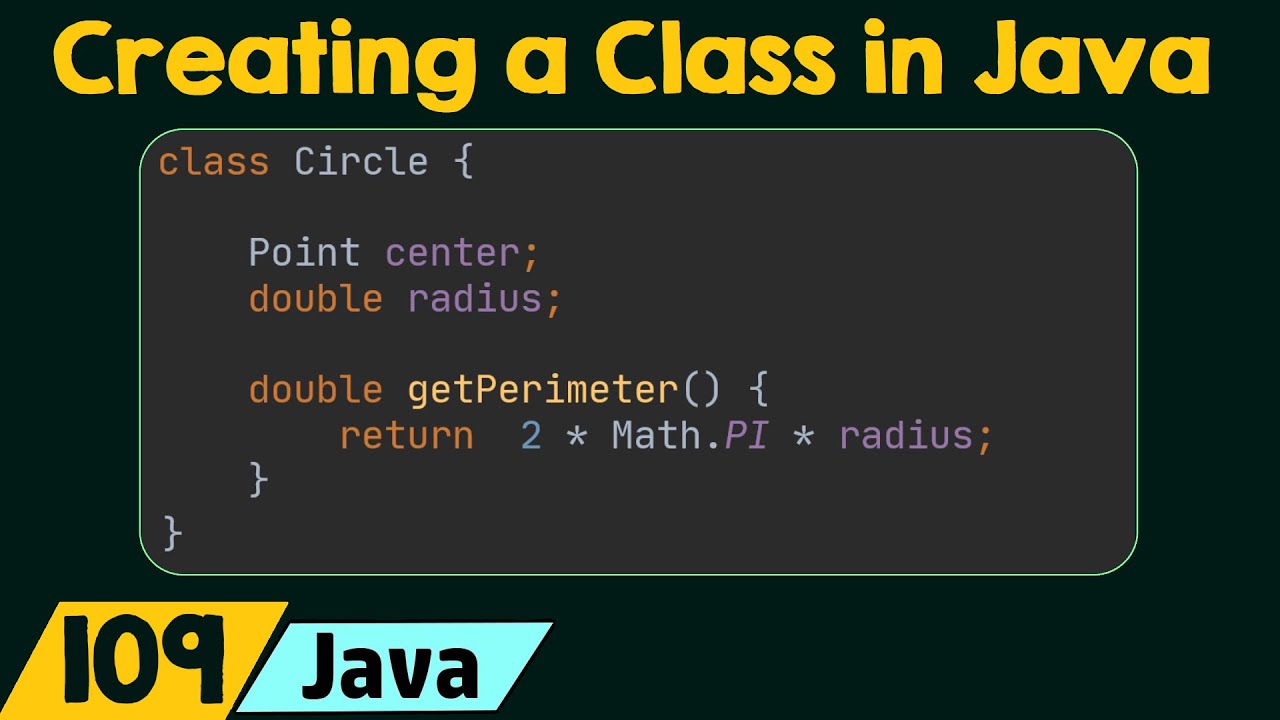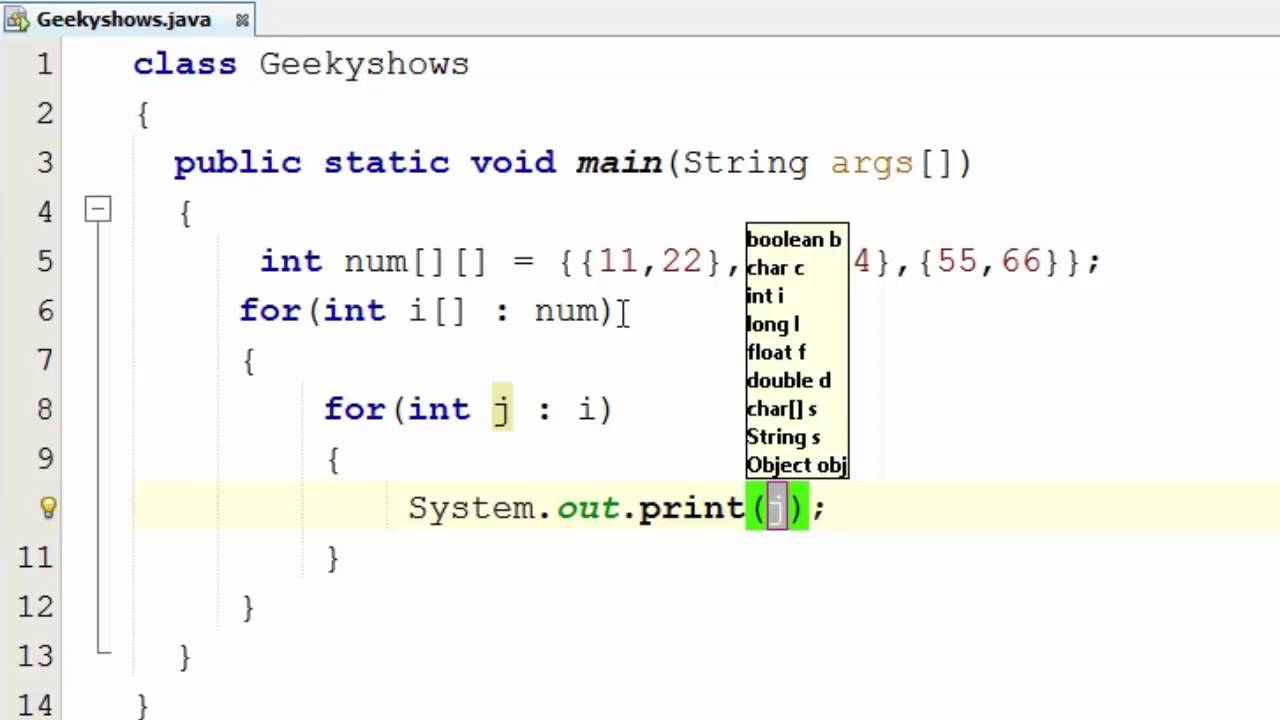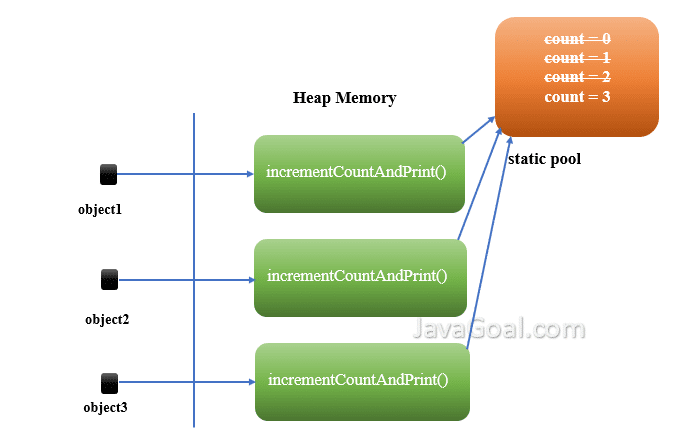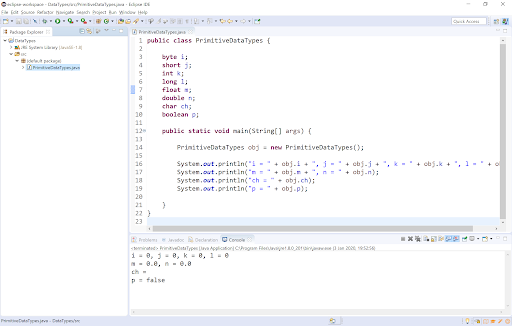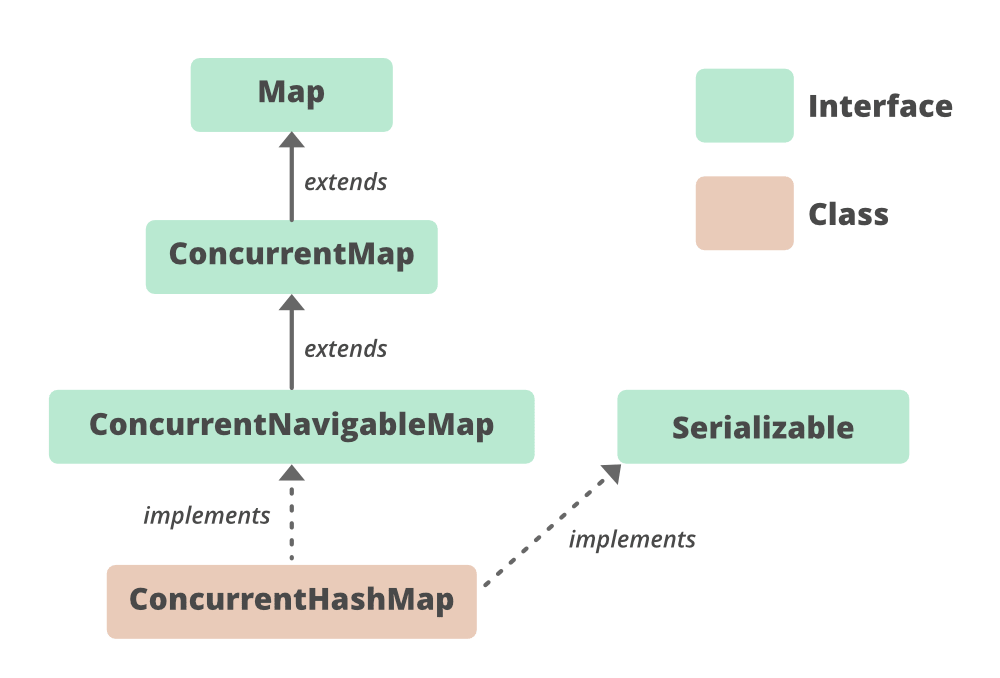Java state in design pattern
Java state in design pattern
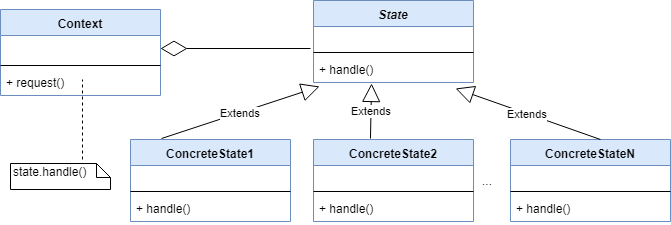
Java is a statically-typed object-oriented programming language that has been widely used for developing large-scale applications. Design patterns are pre-defined solutions to common problems that occur during the development of software systems.
There are three main categories of design patterns: Creational, Structural, and Behavioral.
Creational Patterns
Creational patterns deal with the instantiation of classes and objects. These patterns help in creating objects without specifying the exact class of object to be created. Examples include:
Factory Pattern: This pattern provides an interface for creating objects in a superclass, but allows subclasses to alter the type of objects that will be created. Abstract Factory Pattern: This pattern provides an interface for creating families of related or dependent objects without specifying their concrete classes. Builder Pattern: This pattern separates the construction of an object from its representation, allowing the same construction process to be used with different representations.Structural Patterns
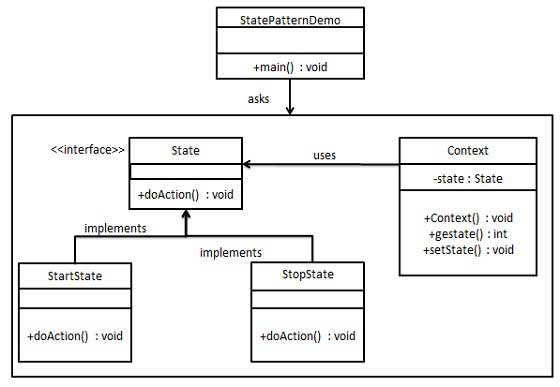
Structural patterns deal with the composition of classes and objects. These patterns help in composing objects into new forms that are not necessarily part of the original system's design. Examples include:
Adapter Pattern: This pattern acts as an adapter between two incompatible interfaces. Composite Pattern: This pattern allows clients to treat individual objects and compositions of objects uniformly. Decorator Pattern: This pattern allows behavior to be added or overridden dynamically.Behavioral Patterns
Behavioral patterns deal with the interactions between objects. These patterns help in defining how classes interact with each other. Examples include:
Observer Pattern: This pattern defines a one-to-many dependency between objects, where changes to one object affect dependent objects. Strategy Pattern: This pattern allows clients to choose different algorithms or approaches at runtime.State Pattern
The State pattern is a behavioral design pattern that allows an object's behavior to change depending on its state. It is also known as the "state machine" pattern.
The UML class diagram for the State pattern is as follows:
Context: This represents the context in which the state machine operates. State: These are the concrete states that can be used by the context. Concrete State 1, Concrete State 2, ...: These are specific implementations of the State interface.The key characteristics of this pattern include:
An object's behavior is defined by its state. The state of an object can change over time. The object's behavior changes based on its state.The advantages of the State pattern include:
It allows for easier maintenance and extension of the system, as new states or transitions can be added without affecting existing code. It promotes loose coupling between objects, as each state is responsible only for itself, rather than having complex logic scattered throughout the system. It provides a clear representation of an object's life cycle.In conclusion, Java design patterns such as the State pattern provide solutions to common problems that occur during software development. The State pattern is particularly useful when an object's behavior needs to change depending on its state.
state design pattern java example
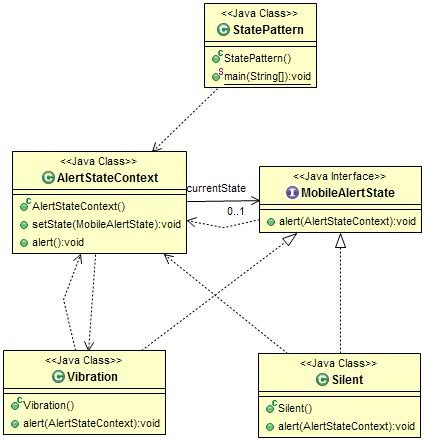
I'm happy to respond in English!
Design Patterns in Java: Observer Pattern Example
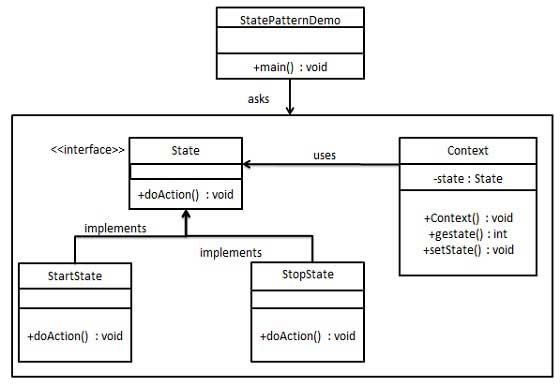
The Observer design pattern is a behavioral pattern that defines a one-to-many dependency between objects so that when one object changes its state, all its dependents are notified and updated automatically.
Problem Statement
Suppose you have an online shopping website where products are categorized into different departments (e.g., Electronics, Fashion, etc.). Each department has multiple product items. When the price of a specific product item is updated, it's essential to notify all relevant departments that offer this product so they can update their inventory prices accordingly.
Java Implementation

Here's an example implementation of the Observer pattern in Java:
// Product interfacepublic interface Product {
void setPrice(double newPrice);
}
// Concrete product: ElectronicsProduct
public class ElectronicsProduct implements Product {
private double price;
public void setPrice(double newPrice) {
price = newPrice;
System.out.println("Electronics product price updated to " + newPrice);
}
}
// Department interface
public interface Department {
void update(Product product);
}
// Concrete department: ElectronicsDepartment
public class ElectronicsDepartment implements Department {
@Override
public void update(Product product) {
System.out.println("Electronics department received an update about " + product.getClass().getSimpleName() + " price change.");
}
}
// Subject (ProductManager)
public class ProductManager {
private List observers;
public ProductManager() {
observers = new ArrayList<>();
}
public void registerObserver(Observer observer) {
observers.add(observer);
}
public void notifyObservers(Product product) {
for (Observer observer : observers) {
observer.update(product);
}
}
}
// Observer interface
public interface Observer {
void update(Product product);
}
// Concrete observer: ProductItemObserver
public class ProductItemObserver implements Observer {
@Override
public void update(Product product) {
System.out.println("Product item price changed to " + ((Product) product).getPrice());
}
}
Usage Example
Now let's create a scenario where we have an electronics product, and when its price is updated, it notifies all the registered departments:
public class Main {public static void main(String[] args) {
// Create products and departments
Product electronicsProduct = new ElectronicsProduct();
Department electronicsDepartment = new ElectronicsDepartment();
// Register observer
ProductManager productManager = new ProductManager();
productManager.registerObserver(electronicsDepartment);
// Update price
electronicsProduct.setPrice(199.99);
// Output:
// Electronics department received an update about ElectronicsProduct price change.
}
}
Conclusion
In this example, we've demonstrated the Observer pattern in Java by creating a ProductManager that maintains a list of observers (departments). When a product's price is updated, it notifies all registered departments, which can then react accordingly. This design pattern allows for loose coupling between objects, making it easier to manage complex relationships and scalability.
I hope this helps! Let me know if you have any further questions or need more examples.
